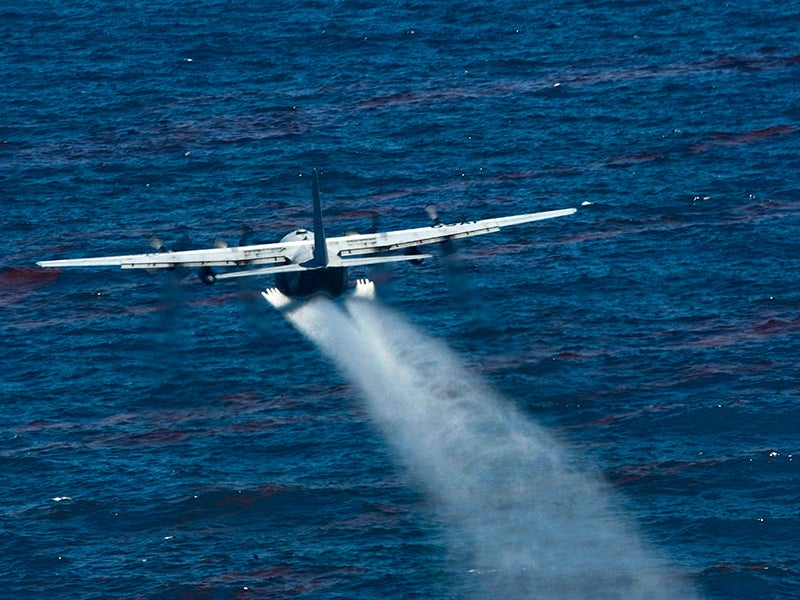Protecting The Public's Right To Know About Oil Dispersants
During the BP oil spill, approximately 1.84 million gallons of oil dispersants were released, despite little knowledge about their health or environmental effects. Earthjustice sued the federal EPA for its failure to reveal the secret ingredients in dispersants deemed eligible for use in oil spills.
Case Overview
The Macondo well blowout in April 2010 released more than 200 million gallons of oil into the Gulf of Mexico over the course of three months. Dispersants, used to move large slicks from coastland into the water column, were applied in unprecedented amounts, totaling approximately 1.84 million gallons. They were also applied in an unprecedented manner. In addition to approximately 1.07 million gallons of dispersant applied in standard practice to the ocean’s surface, for the first time ever, response teams released dispersants at the site of the gushing oil well one mile below the ocean’s surface. In total, 771,000 gallons of dispersant were applied subsea.
Representing the Gulf Restoration Network and the Florida Wildlife Federation, Earthjustice filed a Freedom of Information Act lawsuit seeking the identities of all the ingredients of chemical dispersants eligible for use in oil spills, as well as studies about their safety. This lawsuit tested the notion that chemical ingredients and safety information can be kept secret under industry claims of “confidential business information.”
Earthjustice, along with Toxipedia Consulting Services, created a report based on material released by the EPA in response to the Freedom of Information Act request. The report states that five of the 57 ingredients in dispersants eligible for use in response to oil spills are linked to cancer; 33 chemicals are associated with skin irritation, from rashes to burns; 33 chemicals are linked to eye irritation; 11 chemicals are suspected or potential respiratory toxins or irritants; and 10 chemicals are suspected kidney toxins. As for potential effects on the marine environment, 8 chemicals are suspected or known to be toxic to aquatic organisms and 5 chemicals are suspected to have a moderate acute toxicity to fish.
Earthjustice also filed a petition with the U.S. Environmental Protection Agency to require comprehensive toxicity testing, toxicity standards, and disclosure for dispersant ingredients. We are also pursuing legal action to spur more careful use of dispersants—identifying, for example, water bodies where they should and should not be used, and finding limits on the amount of dispersants used. These decisions should be made deliberatively by EPA—rather than by emergency responders in the midst of an oil spill.

Case Updates
Case page created on July 14, 2010.